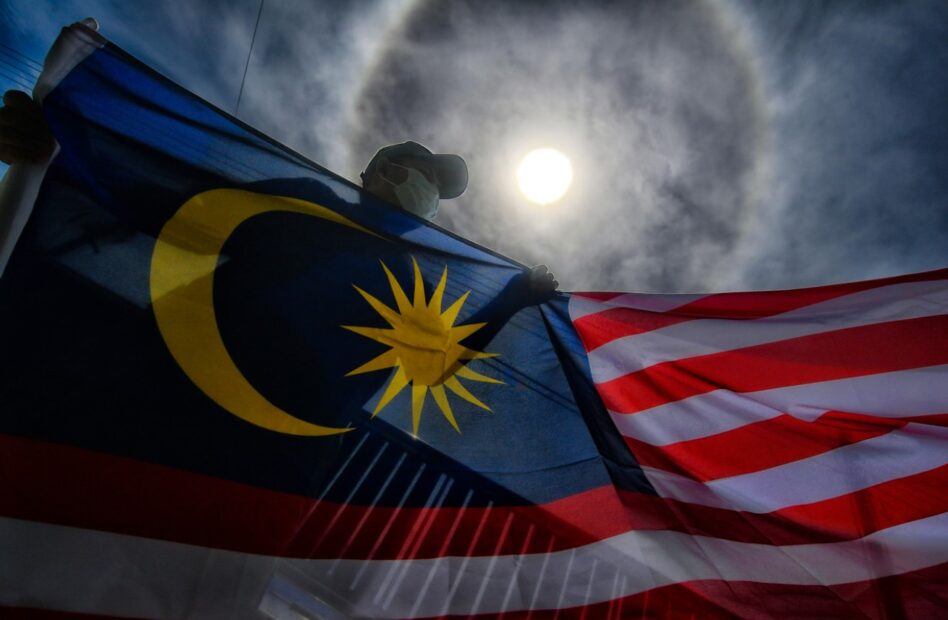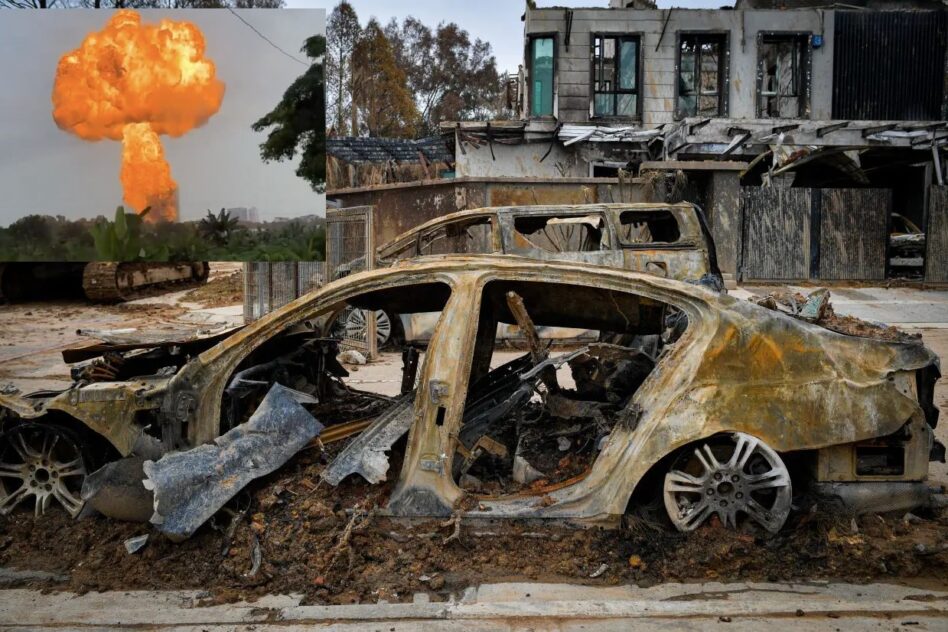IT IS no secret that the Finance Ministry is in the midst of reviewing existing fuel subsidies with the ultimate aim of implementing a more targeted and focused subsidies.
On March 10, Finance Minister Tengku Datuk Seri Zafrul Tengku Abdul Aziz said the current fuel subsidy will be reviewed in favour of a targeted programme for the needy due to the sharp rise of global crude oil prices.
This is given fuel subsidies encompassing the RON95 petrol, diesel and liquefied petroleum gas (LPG) may reach RM28 bil this year (2011: RM11 bil) due to crude oil prices that have exceeded US$100/barrel versus Budget 2022 assumption of US$67/barrel.
Without subsidy, RON95 and diesel prices should be priced RM3.70/litre and RM4/litre this month instead of RM2.05/litre and RM2.15/litre.
The last time there was a big one-shot increase in domestic fuel prices in response to crude oil price surpassing US$100/barrel was on June 5, 2008 when the RON92 petrol (before it was phased out in September 2009 and replaced by RON95) and diesel prices were raised by +39.4% or 74 sen/litre and +63.3% or RM1/litre respectively to RM2.62/litre and RM2.58/litre from RM1.88/litre and RM1.58/litre respectively.
Back then, the Government said fuel subsidies provided savings amounted to RM13.7 bil. With regard to the latest situation, Maybank IB Research has offered three possible scenarios:
Scenario 1 (inflationary removal of fuel subsidies): Assuming complete removal of fuel subsidies as soon as next month based on the abovementioned unsubsidised RON95 and diesel prices, there will be price hikes of +80.5%% and +86.0% respectively with 2022 inflation rate at +8% (2021: +2.5%).
The last one-time big fuel prices hike amid >US$100/barrel crude oil price was on June 5, 2008 whereby prices of RON92 petrol (before it was replaced by RON95 in September 2009) and diesel prices were raised by +74 sen/litre (+39.4%) and +RM1/litre (+63.3%) to RM2.62/litre and RM2.58/litre from RM1.88/litre and RM1.58/litre.
This was when monthly inflation rate surged from +3.8% year-on-year (yoy) in May 2008 to +7.7% yoy in June 2008 – then peaked at +8.5% yoy in July-August that year – before easing to +4.5% yoy in December 2008. Full-year inflation rate accelerated to +5.4% in 2008 from +2% in 2007.
Scenario 2 (sequence of smaller fuel price hikes): An alternative scenario is a sequence of smaller fuel price hikes given the estimation that every 10 sen/litre hike will raise annual inflation rate by +0.3 percentage point (ppt). This happened during another – and longer – episode of >US$100/barrel crude oil prices, ie. from February 2011 to August 2014.
The subsidised fuel prices were raised twice during this period. The first hike was in September 2013, ie RON95 and diesel prices raised by +20 sen/litre to RM2.10/litre (+10.5%) and RM2/litre (+11.1%) respectively.
The second increase took place in October 2014 with RON95 and diesel prices raised by a further +20 sen/litre to RM2.30/litre (+9.5%) and RM2.20/litre (+10%) respectively.
Fuel price hike in September 2013 saw monthly inflation rate picked up to +2.6% yoy in the month from +1.9% yoy in August 2013 and peaked at +3.5% yoy in February-March 2014, while the fuel price hike in October 2014 saw monthly inflation rate rose from +2.6% yoy in September 2014 to a high of +3.0% yoy in November 2014.
This prompted annual inflation rate to rise to +2.1% in 2013 and +3.2% in 2014 from +1.6% in 2012. RON95 and diesel prices were then “floated” in December 2014.
Scenario 3 (“status quo” pending general election): Interestingly and unsurprisingly, the RON95 and diesel price hikes amid >US$100/barrel crude oil price in June 2008 and in September 2013 happened three to four months after the general elections in March 2008 and May 2013.
As the next general election is expected to take place anytime between mid-2022 and mid-2023, Maybank IB Research wonders if the Government will raise fuel price within the next few months which coincided with the start of the holy month of Ramadhan to be followed by Eid celebration in early-May 2023.
“Under this ‘status quo’ scenario, we expect extra PETRONAS’ dividend to foot the increase in fuel subsidy bill that is not covered by the higher oil & gas (O&G)-related revenue. This is in view of the prospect of another windfall year for national oil company in 2022 after the bonanza in 2021,” added chief economist Suhaimi Illias and team in a Malaysia Macro update. – May 25, 2022









